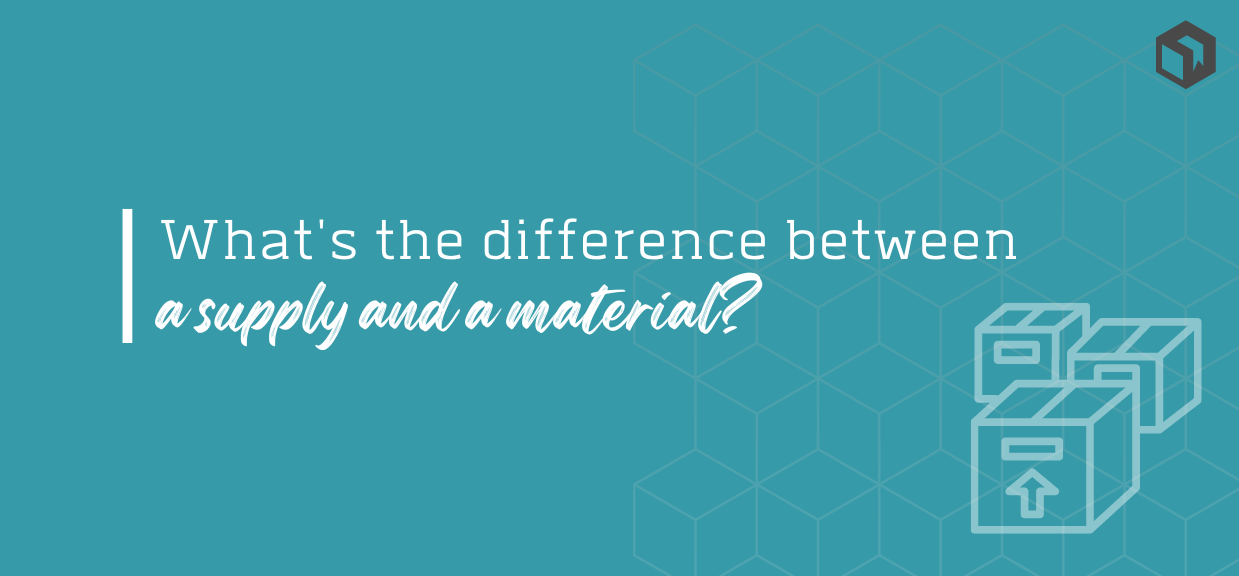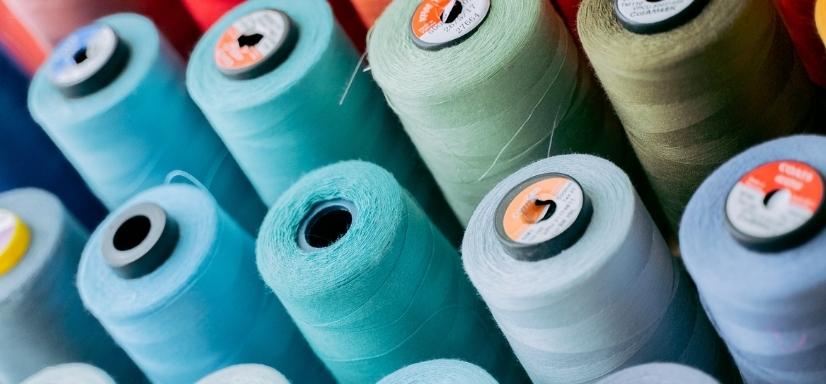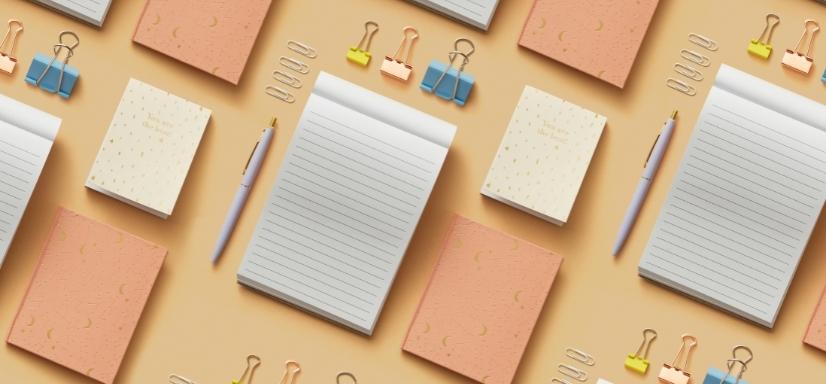What's the difference between a supply and a material?
It's really important to know the difference between a supply and a material as they need to be handled differently from a cost and inventory perspective.

It’s really important to know the difference between a supply and a material, as they need to be handled completely differently from a cost and inventory perspective.
Understanding the difference between them is crucial for completing your taxes correctly, and also to keep good inventory records.
In this blog post, we’ll explain what supplies and materials are, and show you how to best classify them correctly on your tax return. Let’s get started!
Need to get your raw material and product inventory under control?
Try Craftybase - the inventory and manufacturing solution for DTC sellers. Track raw materials and product stock levels (in real time!), COGS, shop floor assignment and much more.
It's your new production central.
What is a ‘Supply’?

So, let’s start with supplies. Supplies are defined as:
a) Materials not used directly in the manufacture of your products (e.g. envelopes, packaging) or
b) Materials used in the production of your products that are not able to be inventoried due to an inability to accurately measure the material (e.g. thread) or
c) Materials that have a short shelf-life (e.g. batteries).
Common examples of Supplies
Some typical business examples of costs incurred that you would usually treat as a supply are:
- Packaging materials: bags, boxes, tissue paper
- Shipping supplies: postage, packing tape, shipping labels
- Difficult to measure items: thread, elastic
- Short shelf-life items: batteries, light bulbs
From a tax perspective, supplies are generally treated as expenses. This means that you can deduct the cost of your supplies in the year that you purchase them.
You don’t need to track or inventory supply costs separately on your Schedule C, but you will need to keep receipts so that you can prove the cost if needed.
If you think your material is a supply, it should generally be tracked as an indirect expense rather than a material.
This is because supplies are typically claimable only within the year that they were purchased. Materials used to produce your products are on the other hand treated as an “asset until sold” - we’ll cover that in the section below.
What is a ‘Material’?

Materials on the other hand are defined as anything you consume directly in the manufacture of your products: “consume” means anything you use up completely when making an item. Materials are sometimes also referred to as “direct costs” or “non incidental materials”.
If you are a small manufacturing business, this will be the majority of the items you’ll be dealing with on a day-to-day basis.
Let’s take a look at some example materials for a furniture maker:
- Lumber
- Nails
- Screws
- Hinges
- Upholstery
These are all direct costs to manufacture of a piece of furniture. The key point here is that once you’ve used them, they’re gone - you can’t get them back or reuse them.
Materials are always added to your inventory instantly when purchased, and the total value is treated as an “asset until sold”.
So what does this mean exactly? It means that you don’t claim the purchase of the materials up-front, rather you claim it in small amounts slowly over time as you sell the products containing the materials (this tally is known as your COGS - “cost of goods sold”). Read more about how important it is for handmade businesses to track their inventory here →
This is a tricky thing to track, so you’ll most definitely need inventory software or a pretty amazing spreadsheet to do the calculations that COGS require (read more about how to calculate your small business COGS here).
Otherwise, you’ll be needing to maintain a rolling average of your historical costs and manufacture costs over time yourself to ensure you are attributing the correct costs to each item you sell.
What are the key differences between a supply and a material?
In summary, the key differences between a supply and a material are:
-
Supplies are treated as expenses, while materials are treated as assets.
-
You can deduct the cost of your supplies in the year that you purchase them.
-
Materials used to produce your products are on the other hand treated as an “asset until sold”.
-
Supplies are typically claimable only within the year that they were purchased.
-
Materials are always added to your inventory instantly when purchased.
-
The total value of materials is treated as an “asset until sold”.
-
You don’t claim the purchase of materials up-front, rather you claim it in small amounts slowly over time as you sell the products containing the materials.
-
Calculating COGS (cost of goods sold) for products can be tricky, and you’ll need inventory software or a pretty amazing spreadsheet to do it.
Are office supplies considered a supply or a material?

This is a common question we get, and the answer is that it depends on the item.
If the office supply item is something that you consume in the production of your product (like tape or glue for example), then it is generally considered a material. However, if the item is not consumed in the production of your product and is instead used in the general running of your business (for example, a stapler or paperclips), then it is considered a supply.
How are supplies and materials typically reported on a Schedule C?
All materials that are directly involved in the production of your products will be reported on your Schedule C under Part III - Cost of Goods Sold. To provide these calculations, you’ll need to be able to tally your inventory value at start and year end, along with your total purchases for the year. Only materials used in the production of sold goods will be eligible to be deducted from your gross income for the year.
Supplies will be reported in Part II of your Schedule C, usually under Line 82: Supplies (not included in Part III)
Supplies listed in Part II will be deducted from your gross income in the year they are reported.
Using software to track your supplies and materials
There are many software options available to help small businesses with their inventory management. Craftybase is one such solution that’s purpose-built for small manufacturing businesses, and offers a few key features that can help with supply and material tracking:
-
Automatically generates your COGS calculation based on your sales data, so you don’t need to do any manual calculations
-
Keeps track of your “asset until sold” value for you, and updates it dynamically as sales are made
-
Lets you see at a glance which materials were used in each product, and how much of the total cost was attributed to materials
If you’d like to try out Craftybase for yourself, you can sign up for a free 14-day trial. No credit card required.
Conclusion
Supplies and materials are two very different things, but both play an important role in ensuring your business runs smoothly. By tracking both correctly, you’ll be able to get a clear picture of your business finances, assets and expenses and make informed decisions about your product pricing.
While we hope you found this article about supplies and materials helpful, please note that it is very general and is no substitute for professional accounting advice. We recommend always consulting with a qualified accountant or bookkeeper about your specific business needs.
